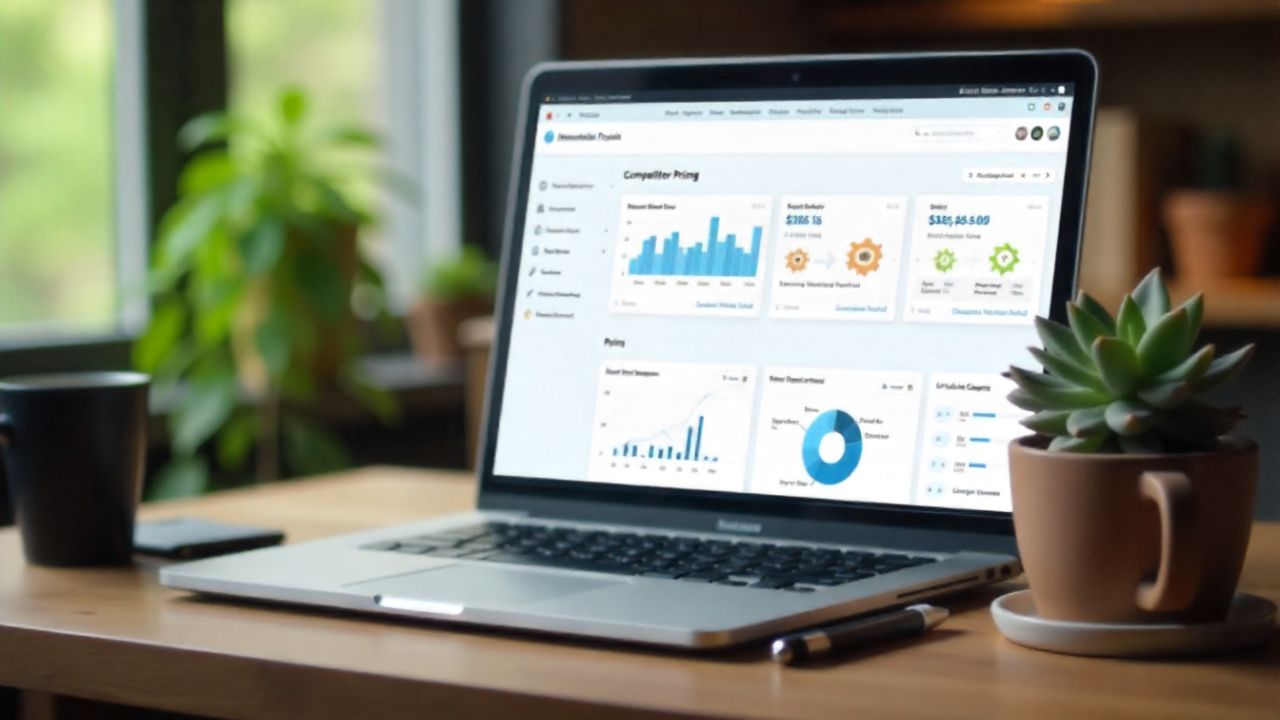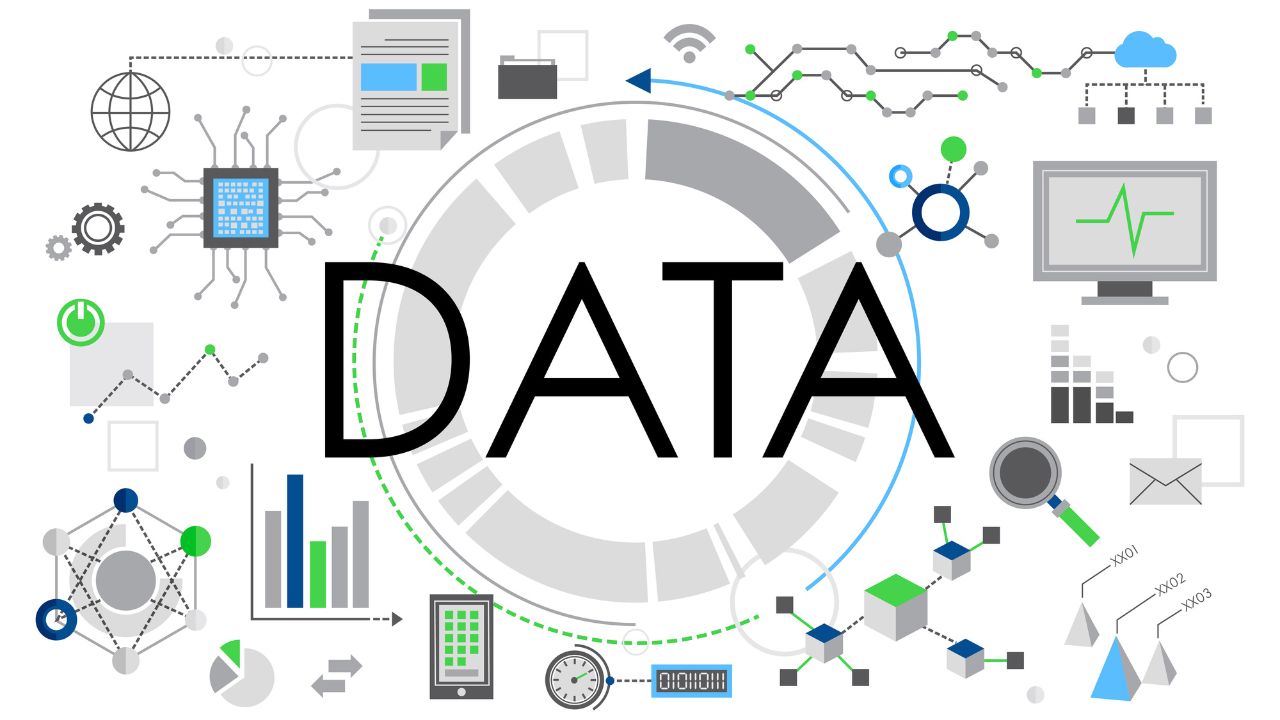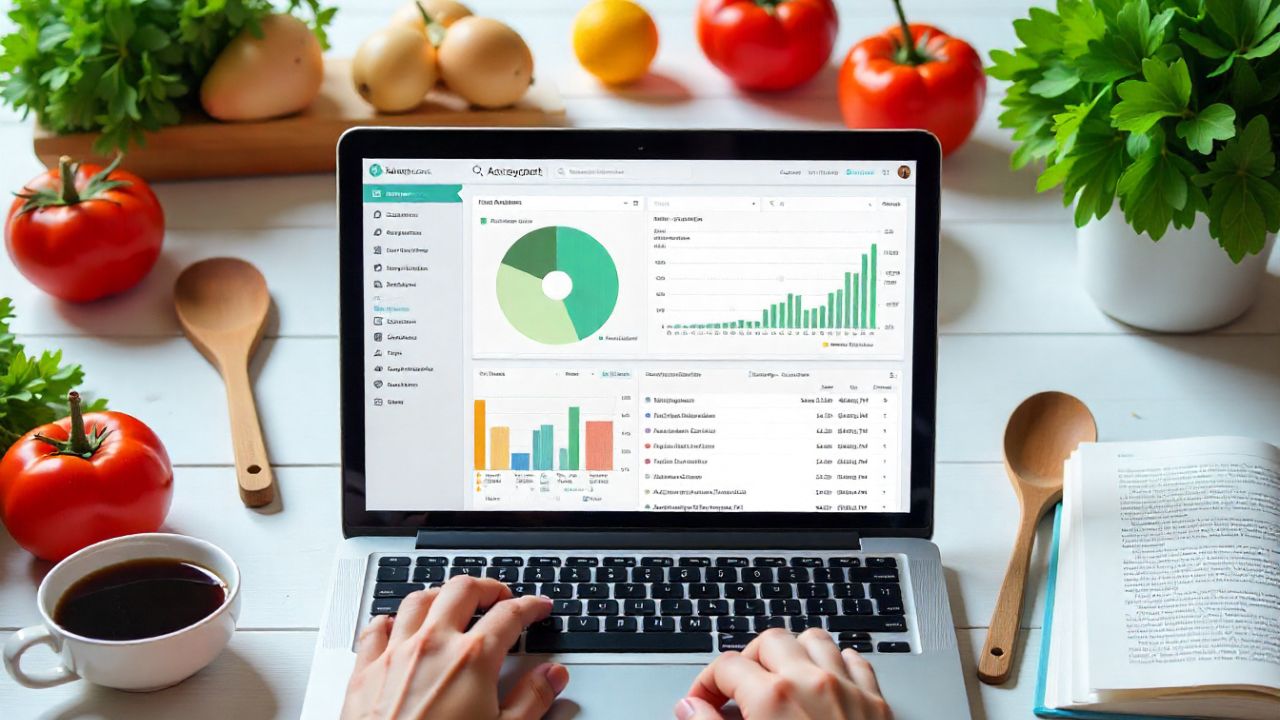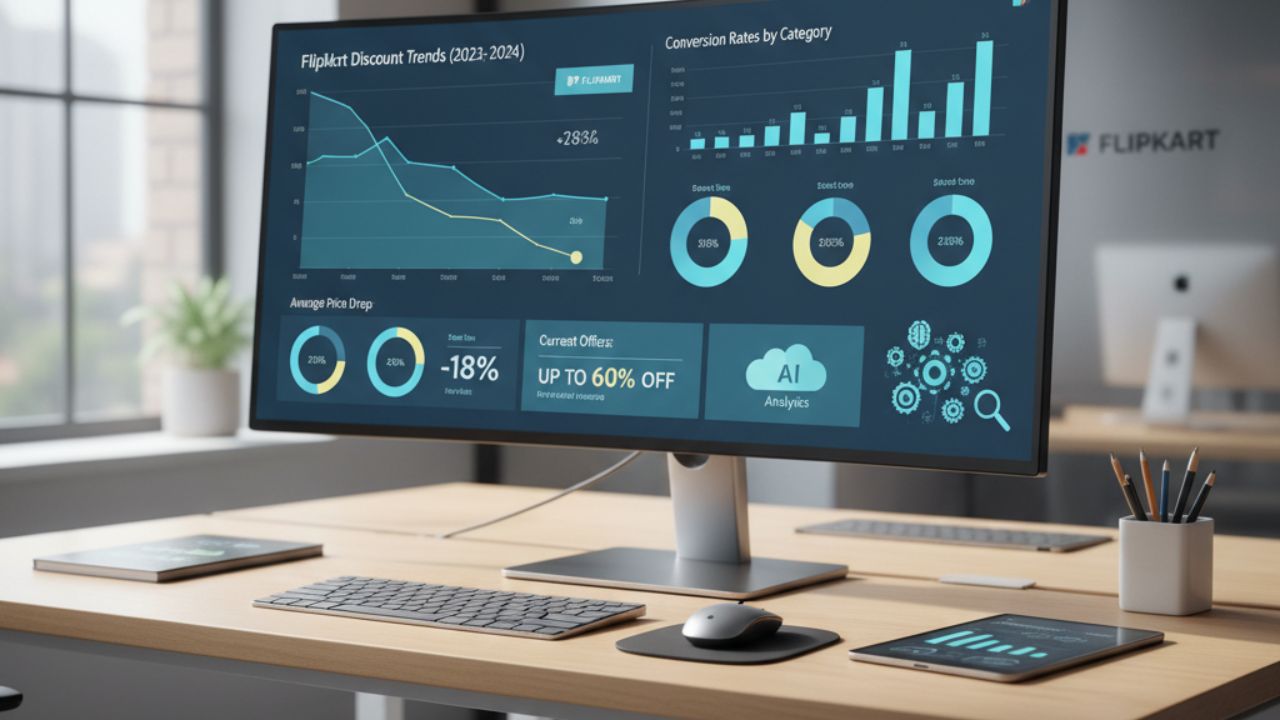How to Use Fashion Datasets for Your Projects
Posted on: January 13, 2025
The fashion industry is rapidly evolving, driven by data and technology. For businesses and researchers, fashion datasets have become invaluable resources for developing innovative solutions and enhancing customer experiences. In this article, we'll explore the applications and benefits of using fashion datasets, particularly focusing on how they can drive success in the industry.
What Are Fashion Datasets?
Fashion datasets are collections of data specifically tailored to the fashion industry. They typically include information such as product images, descriptions, pricing, customer preferences, and sales trends. A fashion product images dataset, for instance, consists of high-quality images categorized by attributes like color, material, and style, making it ideal for computer vision applications.
These datasets serve as the foundation for data-driven decision-making, enabling brands to refine their strategies and meet consumer expectations.
Why Are Fashion Datasets Important?
- Data-Driven Insights:
Fashion datasets provide insights into consumer behavior, market trends, and emerging styles. These insights help brands make informed decisions on inventory, pricing, and marketing strategies. - Personalization:
A dataset for the fashion industry allows businesses to analyze customer preferences and offer personalized recommendations, enhancing the shopping experience. - Innovation and Automation:
By leveraging fashion datasets, brands can automate processes such as trend forecasting, virtual try-ons, and even garment design using AI. - Competitor Analysis:
Datasets often include industry-wide data, enabling brands to benchmark their performance against competitors.
Applications of Fashion Datasets in Projects
1. Designing AI-Powered Recommendation Systems
AI-driven recommendation engines use fashion datasets to suggest products based on user preferences, past purchases, and browsing history. For example, a clothing retailer can analyze a fashion product images dataset to recommend similar styles that align with a customer’s preferences.
2. Building Virtual Fitting Rooms
Virtual fitting rooms rely on datasets that combine product images and customer body measurements. These technologies allow users to "try on" clothes virtually, reducing return rates and improving customer satisfaction.
3. Enhancing Visual Search
Visual search tools use fashion product images datasets to help customers find similar items by uploading photos. This feature simplifies the shopping process and encourages higher conversion rates.
4. Trend Forecasting
Analyzing a dataset for the fashion industry can reveal emerging trends by studying patterns in consumer demand and runway styles. Fashion brands can use these insights to stay ahead of the curve.
5. Sustainable Fashion
Sustainability is a growing concern in fashion. Fashion datasets can track material usage and production practices, helping brands develop eco-friendly strategies and reduce waste.
How to Get Started with Fashion Datasets
1. Identify Your Project’s Goals
Start by determining what you want to achieve with the dataset. Are you building a recommendation engine, improving visual search, or analyzing trends?
2. Source Reliable Datasets
There are several public and proprietary sources for fashion datasets. For instance:
- DeepFashion: A large-scale dataset with diverse fashion product images.
- Fashion-MNIST: A dataset of grayscale images for machine learning projects.
- Retailer-Specific Datasets: Many retailers provide anonymized datasets for research purposes.
3. Process and Clean the Data
Raw datasets often need cleaning and preprocessing. Ensure the data is organized, labeled, and formatted for your specific use case.
4. Leverage Advanced Tools
Use tools like Python, TensorFlow, or cloud-based platforms to analyze and visualize your data. Employ machine learning algorithms to extract actionable insights.
5. Test and Iterate
Implement your project on a small scale and refine it based on feedback and performance.
Examples of Fashion Dataset Projects
- Retail Giant’s Recommendation System:
A leading online retailer used a fashion product images dataset to create a recommendation system that increased sales by 15%. - AI-Driven Design Platform:
Designers used a dataset for the fashion industry to automate clothing design, creating patterns that align with current trends. - Sustainability Tracker:
A brand used fashion datasets to monitor its supply chain, ensuring eco-friendly practices and meeting customer expectations for sustainability.
Best Practices for Using Fashion Datasets
- Maintain Data Privacy: Ensure compliance with data privacy laws, such as GDPR, when using customer-related data.
- Choose High-Quality Datasets: High-resolution images and detailed descriptions enhance the accuracy of AI models.
- Focus on Scalability: Your data infrastructure should support future growth and handle large-scale analysis.
Conclusion
Fashion datasets are transforming the way the industry operates, enabling brands to innovate and stay competitive. Whether you're developing AI solutions, improving customer experiences, or promoting sustainability, leveraging fashion datasets can lead to remarkable results. By understanding their applications and best practices, you can harness the power of data to create impactful projects.
Are you ready to take your fashion project to the next level? Explore and utilize fashion product images datasets to stay ahead in this dynamic industry.
Latest Posts
Find a right dataset that you are looking for from crawl feeds store.
Submit data request if not able to find right dataset.
Custom request




